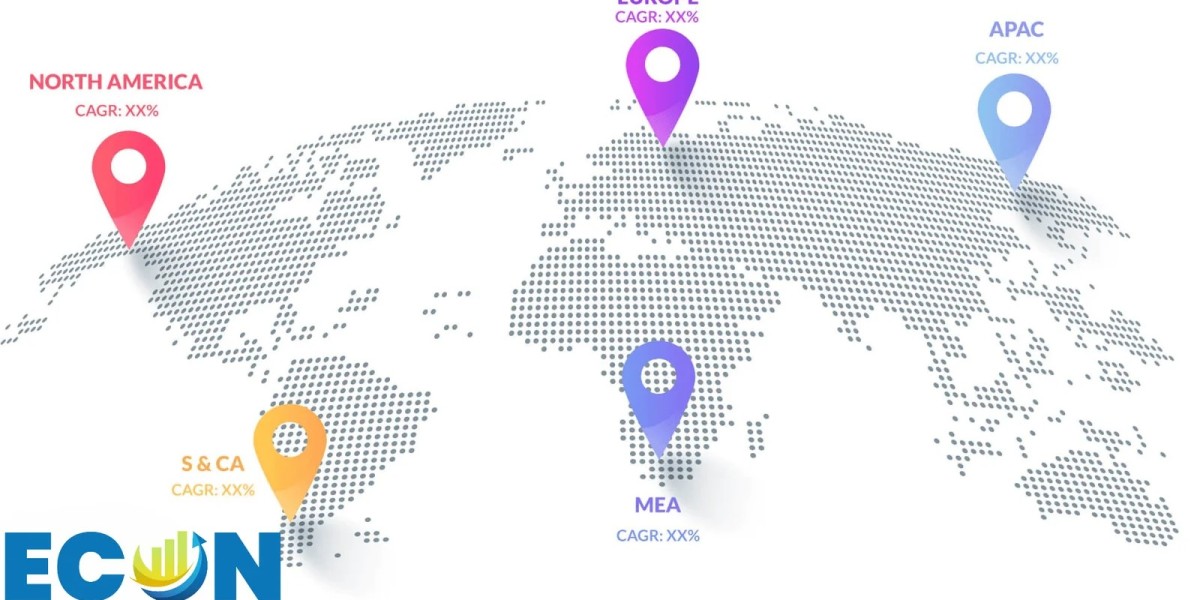The geospatial market has undergone a remarkable transformation in recent years, emerging as a vital component of industries ranging from urban planning to disaster management, logistics, and even entertainment. The integration of advanced technologies such as artificial intelligence (AI), big data analytics, and the Internet of Things (IoT) has catapulted geospatial solutions into the mainstream, offering unprecedented opportunities for innovation and growth.
In this blog, we delve into the current state of the geospatial market, explore its key trends, and highlight opportunities for businesses and governments alike.
The Geospatial Market at a Glance
Geospatial technology encompasses tools and solutions that enable the collection, analysis, and visualization of spatial data. These technologies include Geographic Information Systems (GIS), satellite imagery, remote sensing, and Global Positioning Systems (GPS). According to recent market reports, the global geospatial market is expected to grow at a compound annual growth rate (CAGR) of over 12% between 2023 and 2030, driven by increasing demand for real-time data, urbanization, and the proliferation of smart city initiatives.
Key Trends Shaping the Geospatial Market
1. Integration with AI and Machine Learning
AI and machine learning are revolutionizing geospatial analytics by enabling faster and more accurate data interpretation. For example, AI-powered algorithms can process satellite images to detect changes in land use, monitor deforestation, or identify infrastructure vulnerabilities. This integration is paving the way for more precise decision-making across industries.
2. Rise of Location-Based Services (LBS)
Location-based services are becoming indispensable in sectors like retail, transportation, and marketing. Businesses leverage LBS to deliver personalized services, optimize supply chains, and enhance customer engagement. As smartphones and IoT devices become ubiquitous, the demand for LBS is expected to surge.
3. Smart Cities and Urban Planning
Smart city projects are heavily reliant on geospatial technology for efficient resource management, traffic optimization, and disaster response. Governments worldwide are investing in GIS to improve urban living standards and achieve sustainability goals.
4. Open Data and Crowdsourcing
The availability of open-source geospatial data and platforms is fostering innovation by lowering entry barriers for startups and researchers. Crowdsourcing initiatives like OpenStreetMap have also demonstrated the power of community-driven data collection.
Request a sample@https://www.econmarketresearch.com/request-sample/EMR00713/
Opportunities in the Geospatial Market
Disaster Management and Climate Resilience
Geospatial tools are invaluable for disaster preparedness and response. They help authorities map high-risk zones, track weather patterns, and coordinate evacuation efforts. Businesses offering solutions in this domain have a significant opportunity to make an impact.
Precision Agriculture
Farmers are increasingly adopting geospatial technologies for precision agriculture, which involves using GPS and remote sensing to monitor crop health, manage irrigation, and optimize yields. This segment presents a lucrative market for innovation.
Autonomous Vehicles and Mobility Solutions
The development of autonomous vehicles depends heavily on accurate geospatial data for navigation and obstacle detection. Companies working in this space are investing in high-definition mapping and real-time spatial data processing.
Retail and Marketing Analytics
Retailers can gain a competitive edge by leveraging geospatial data to analyze foot traffic, identify optimal store locations, and design targeted marketing campaigns. This is particularly relevant in the era of omnichannel commerce.
Challenges to Overcome
While the geospatial market holds immense potential, it is not without challenges. Data privacy concerns, interoperability issues, and the high cost of infrastructure are some of the hurdles that need to be addressed. Collaboration between industry stakeholders, governments, and academia will be crucial to overcoming these barriers.
The Future of Geospatial Technology
The future of the geospatial market looks promising, with advancements in 5G connectivity, edge computing, and blockchain poised to further enhance geospatial solutions. As technology continues to evolve, the applications of geospatial data will expand, creating new opportunities for innovation and growth.
Phone Number: +1 812 506 4440
Email: [email protected]









